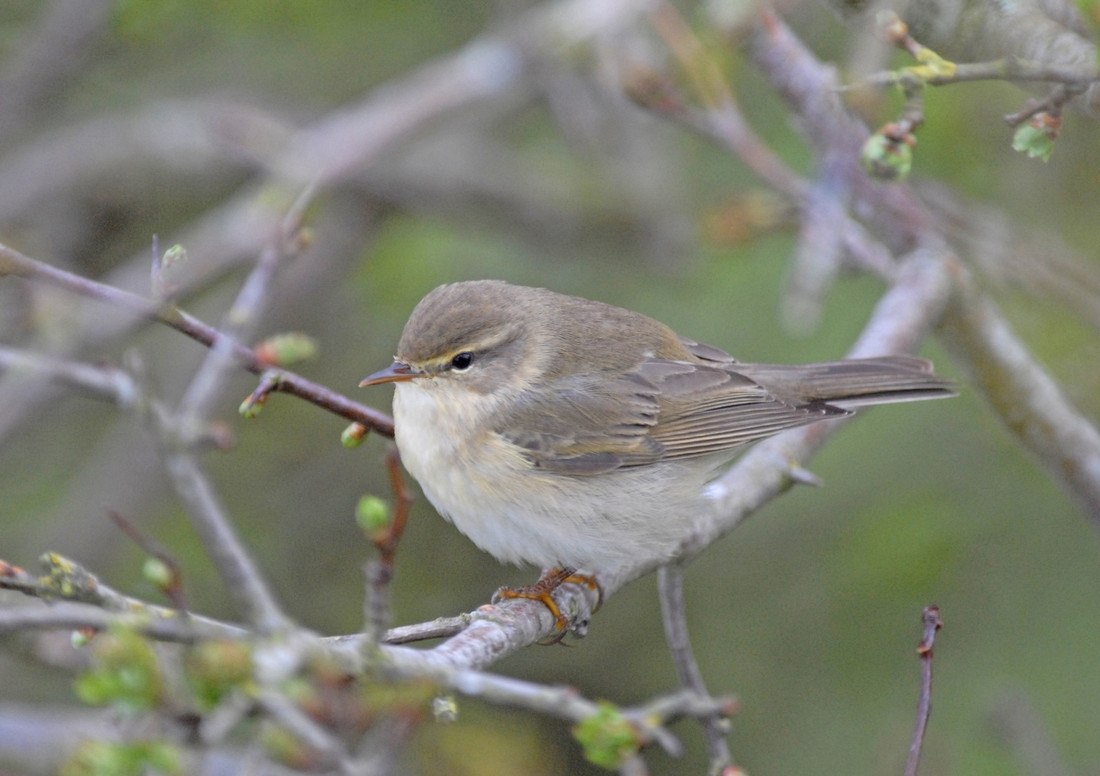Wildlife sightings for 7th October 2013
1 Bittern - middle reedbed channel
22 Snipe - marsh, scrape, main lake
16 Redwing - flew W
12 Song Thrush - flew W
1 Stonechat - main lake SE shore
3 Siskin - south route and sheltered lagoon
12 Meadow Pipit - on the marsh, plus 3 flying S+SW
1 Swallow
Recent bird highlights: Garganey, Bittern, Spoonbill, Sandwich Tern, Red-footed Falcon, Peregrine, Hobby, Marsh Harrier, Greenshank, Green Sandpiper, Yellow Wagtail, Wheatear, Whitethroat, Lesser Whitethroat, Spotted Flycatcher.
September was great for spotting a range of exciting migrants, thanks in some way to several days of poor weather which often grounds migrants that are flying through. For instance a low pressure system in the North Sea produced some unusual inland Skua sightings one morning. On a different day a Black Tern and several species of wader appeared out of the murk following some very heavy showers. Good daily numbers of House Martin and Sand Martin continued through the first half of the month, along with plenty of sightings of Blackcap, Whitethroat, Lesser Whitethroat, Willow Warbler, Chiffchaff, Whinchat, Wheatear, Yellow Wagtail and Swallow. Nearly all of the Reed and Sedge Warbler departed, except for the odd individual. Some notable raptors included 2 Goshawks in the same day, and a large Saker-type Falcon that chased a freshly arrived Ruff all around the main lake before giving up the chase. Snipe numbers suddenly leapt up to 20+ birds on the 13th with a clear influx of migrant birds arriving overnight or early morning.
In late September the marsh was flooded up along with the wader scrape (this is because we are due to lose our water supply for 3 months and need to pool as much water as possible for recirculation purposes) which has attracted massive numbers of Snipe (a count of at least 70 birds was made Sept 28th!) as well as Wigeon, Gadwall, Shoveler and Teal. Migrants have included Sandwich Tern, Common Tern, Nightjar, Marsh Harrier, Meadow Pipit, Skylark, Black-tailed Godwit, Swallow and more Whinchats.
Early October has seen the first Bittern arrive, earlier than ever this year, along with the first Redwing and Siskin.
Butterflies and other invertebrates: Butterfly transect 2nd September 2013: Small White (20) > Green-veined White (10) > Common Blue (7), Speckled Wood (7) > Large White (6) > Meadow Brown (4) > Comma (1), Small Tortoiseshell (1)
Dragonfly transect 2nd September 2013: Migrant Hawker (51) > Small Red-eyed Damselfly (26), Common Darter (26) > Azure / Common Blue Damselfly (9) > Brown Hawker (5) > Ruddy Darter (4) > Blue-tailed Damselfly (1), Southern Hawker (1)
In addition to the healthy range of Orthoptera species seen on site so far this year, two more species (Oak Bush-cricket and Slender Groundhopper) can also be added to the previous week’s list: Speckled Bush-cricket, Long-winged Cone-head, Roesel’s Bush-cricket, Dark Bush-cricket, Common Groundhopper, Common Green Grasshopper, Meadow Grasshopper, Field Grasshopper and Lesser Marsh Grasshopper. Whilst most of the bush-crickets and grasshoppers seem to be ratcheting up their stridulating serenades, some – like the Common Green Grasshopper – appear to be noticeably less audible.
Water voles: the latest on-site population study has shown that all the water voles are in very good condition and the males are ranging quite some distance. The majority of captures were in the reedbed channels, despite there being signs of plenty of activity in the pools and meanders inside of Wildside (latrine sites, feeding sites and burrows).
Flowering plants: Square-stalked St.John’s Wort, Self-heal, Common Mallow, Field Scabious, Devil’s Bit Scabious, Great Bird’s-foot Trefoil, Hemlock Water-dropwort, Mare’s-tail, Meadow Buttercup, Red Clover, Willowherb, White Clover, Figwort, Hemp Agrimony, Yellow Water-Lily, Purple Loosestrife, Yellow Loosestrife, Fleabane.
Bats: Soprano Pipistrelle >> Daubenton’s Bat, Leisler’s Bat > Noctule, Common Pipistrelle.


